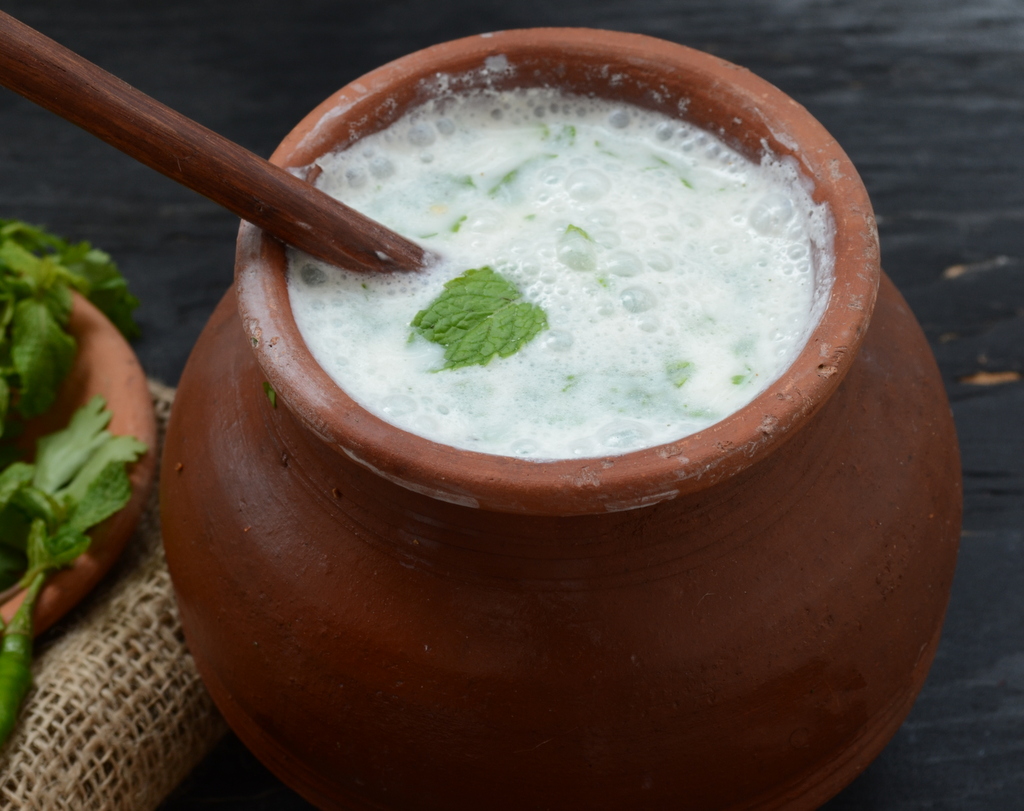As daily temperatures rose, there was a rapid increase in the number of patients seeking treatment for kidney stones.
Hot and humid days may bring more kidney stones as higher temperatures contribute to dehydration that leads to a higher concentration of calcium in the body that promote the growth of kidney stones.
In a study involving 60,000 patients in the US, researchers found that as daily temperatures rose, there was a rapid increase in the number of patients seeking treatment for kidney stones.
“The findings point to potential public health effects associated with global climate change,” said Gregory E. Tasian, a pediatric urologist and epidemiologist at the Children’s Hospital of Philadelphia (CHOP).
It is likely that higher temperatures increase the risk of kidney stones in those people predisposed to stone formation.
The delay between high daily temperatures and kidney stone presentation was short, peaking within three days of exposure to hot days, the study added.
The team found that as frigid weather keeps people more in indoors, higher indoor temperatures, changes in diet and decreased physical activity may raise their risk of kidney stones.
The authors note that increase in greenhouse gas emissions are projected to raise earth’s average temperatures by 1 to 4.5 degrees Celsius by 2100.
“Kidney stone prevalence has already been on the rise over the last 30 years, and we can expect this trend to continue as daily temperature increase,” Tasian noted.
The paper was published in the journal Environmental Health Perspectives.
Source: Khaleej Times





